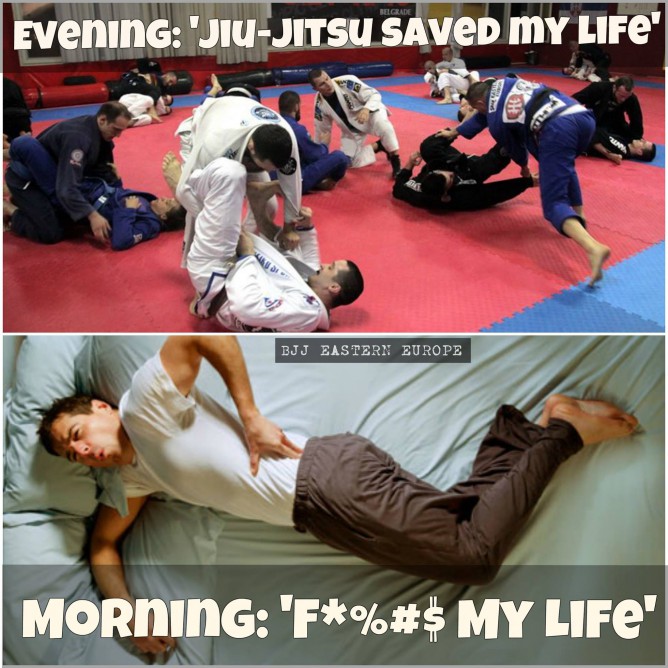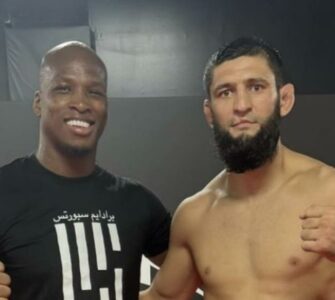The life of a martial artist comes with many burdens, among them constant aches and pains as well as a chronic lack of time. There’s no solution that will allow you to be constantly injury free but if you follow some of the research compiled here you might be able to feel better and ultimately train more.
It’s integral you understand the injuries are a part of the deal regardless of your prior experience. One thing you could do is make sure that when you go to a physician you see someone who understands the sport, the demands of it as well as the motivation. There’s nothing worse then visiting a health specialist who will perpetually sigh and ask you wouldn’t it just be easier to do another sport/get a different hobby.

Another thing you could do is focus on spending more time moving as opposed to sitting static for hours until it’s time to go training. In total, Americans are sitting an average of 13 hours a day and sleeping an average of 8 hours resulting in a sedentary lifestyle of around 21 hours a day. Make sure you step away from your work station as often as possible, take walks and even stretch when you get a chance. Alternatively you can always stand next to your workstation. Even this small alteration could improve your condition significantly.

As we discussed previously in our Shoulder Injury Bible, a number of athletes lacks balanced strength in scapular muscles which is another significant factor that can contribute to shoulder pain (Anderson et al, 2012). This applies to the entire body and it needs to be addressed. Muscular imbalances will come back and bite you when you least expect it.
Muscle imbalance causes bad posture. Additionally, causes ineffective body movement as well as pain.
There is a variety of programs you could rely on depending on the your body in particular as well as personal preferences. While many people do yoga in one of it’s many forms plenty of others focus on weightlifting, calisthenics or even crossfit.
Regardless of your choice make sure you’re receiving expert help – after all you wouldn’t train bjj under just anyone! Make sure the advice you’re getting comes from someone who has proper education as well as understanding toward the demands of bjj lifestyle.
Learn your own body, identify the weak spots and make sure you do the necessary work for both mobility and prehab on those spots. Getting a massage from a licensed physical therapist also couldn’t hurt!
Avoid daily use of anti-inflammatory medication such as ibuprofen. Nonsteroidal anti-inflammatory drugs can blunt the gains from exercise while at the same time increasing the risk of stroke/hear attack. There’s also
this – chronic use of medication such as ibuprofen actually causes chronic inflammation.
Food can act as an anti-inflammatory medication. Recent research has shown positive effects that food rich with anthocyanins can have. Anthocyanin rich food is typically purple and red fruits and vegetables. One research measured the beneficial effects of cherry juice – they reduced inflammations, oxidative stress and some symptoms of muscle damage. Connoly and his coworkers did a research in 2006. that has shown that consumption of cherry juice before and after exercise can reduce average strength loss to only 4% (from the typical 22%).
Unlike opiod anti-inflammatory medication is doesn’t create addiction and promises significant improvements in existing pain levels.






















